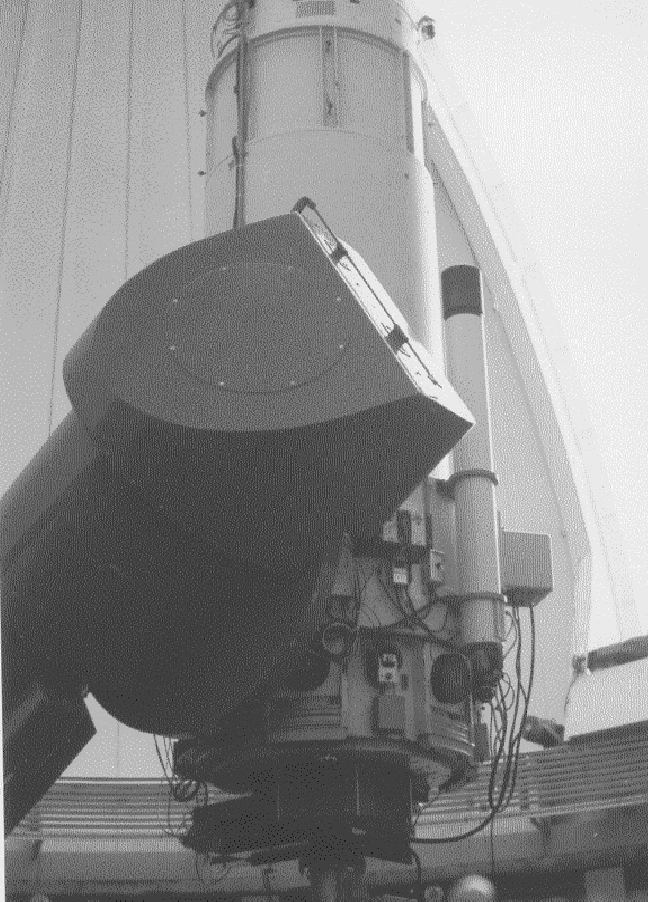
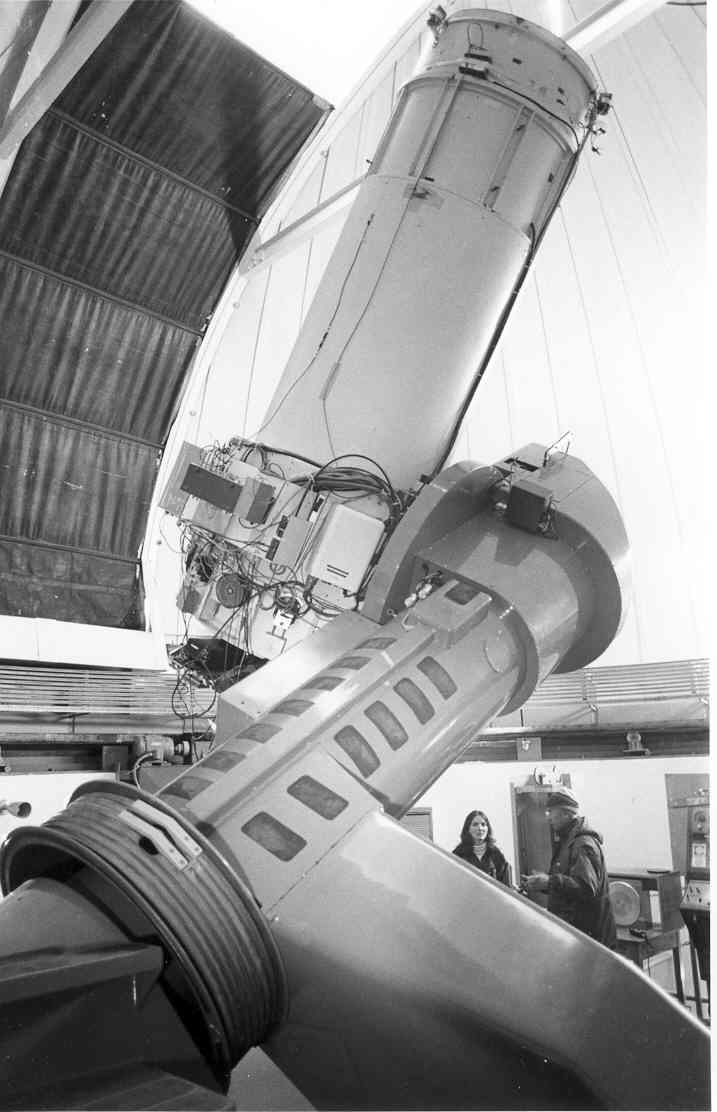
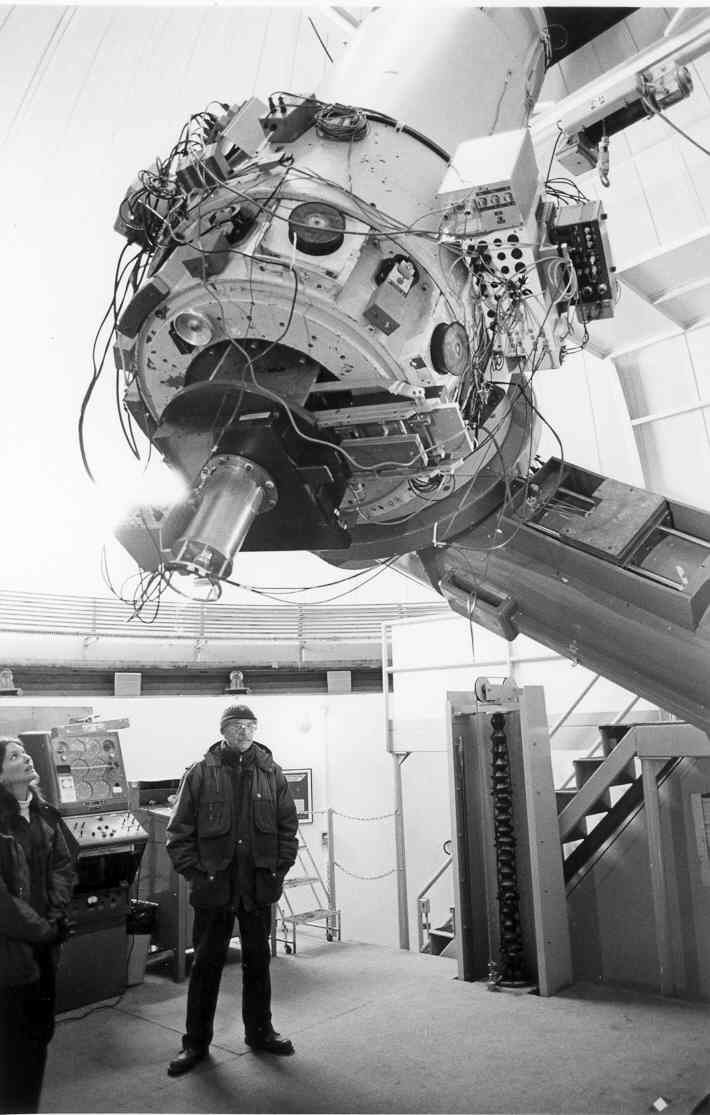
All of the telescopes smaller than 4 meters in mirror diameter comprise the "small telescopes." The SMARTS consortium operates the 0.9m, the 1.5m and the 1.3m and the 1.0m. Two others which have been open for NOAO users in the past are the Lowell 24-inch and the Michigan Curtis Schmidt. They include the oldest and newest telescopes on the mountain; here is some idea of what they look like.
| The 0.9m, which started out life as the 36-inch, is a closed-tube Cassegrain design which has only had a visible-light imaging capability (with a 2K CCD). It has found a great deal of use as a stable photometric and astrometric instrument. The mounting is a single-arm equatorial. |
 |

|

|
| The 1.0m, formerly run by the YALO consortium, is a very similar design in optics and mounting to the 0.9m. As shown here it sports the ANDICAM, which takes pictures simultaneously in the optical and infrared. ANDICAM has now been moved to the 1.3m (below), and a new 4K optical imager installed in its place. | |
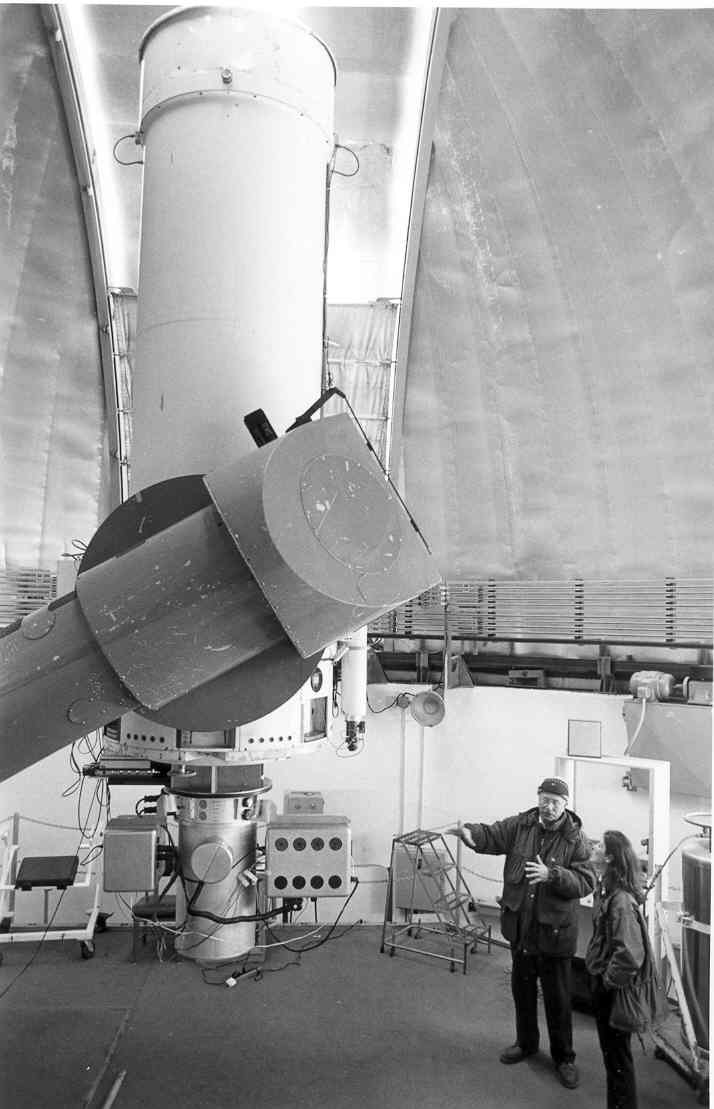 |
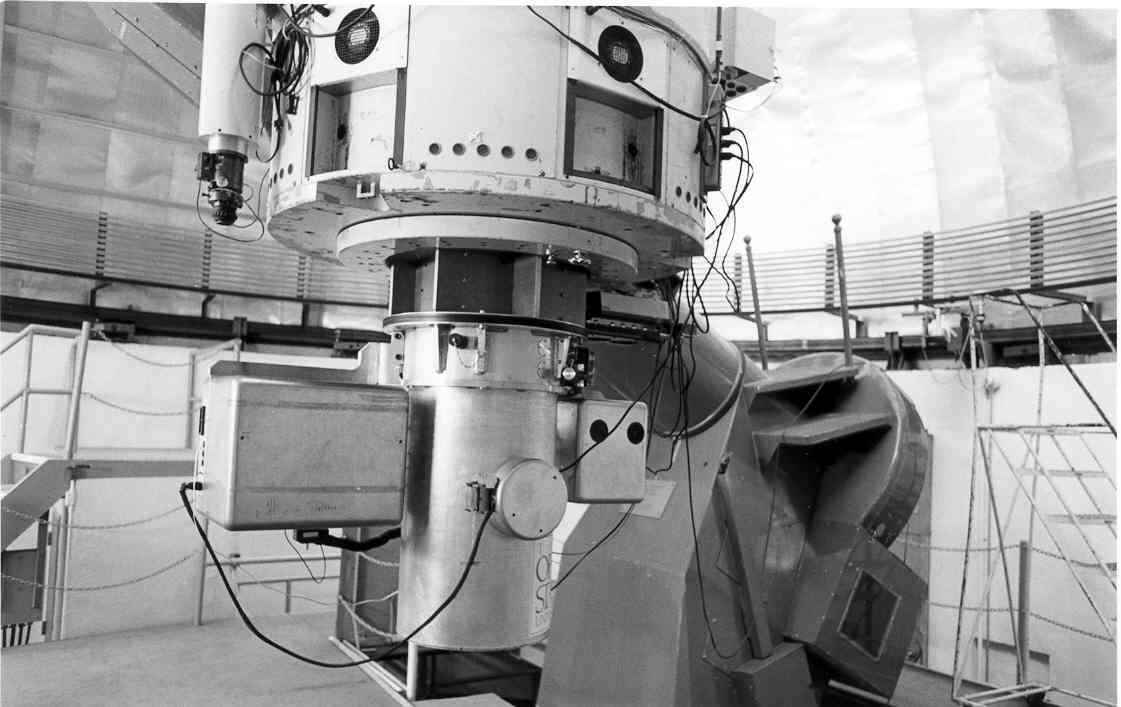
|
| The 1.5m is an open-tube Cassgrain, again on a single-arm equatorial mount. It has been operated with both an imaging and a spectroscopic detector, and the option of two secondaries giving f/13.5 and f/8. To simplify operations, only the spectrograph and the f/8 option were used for the first two years of SMARTS operations. Now a 2K infrared imager (CPAPIR, seen at left below) has been installed, which will remain on the telescope for roughly half of each year. | |
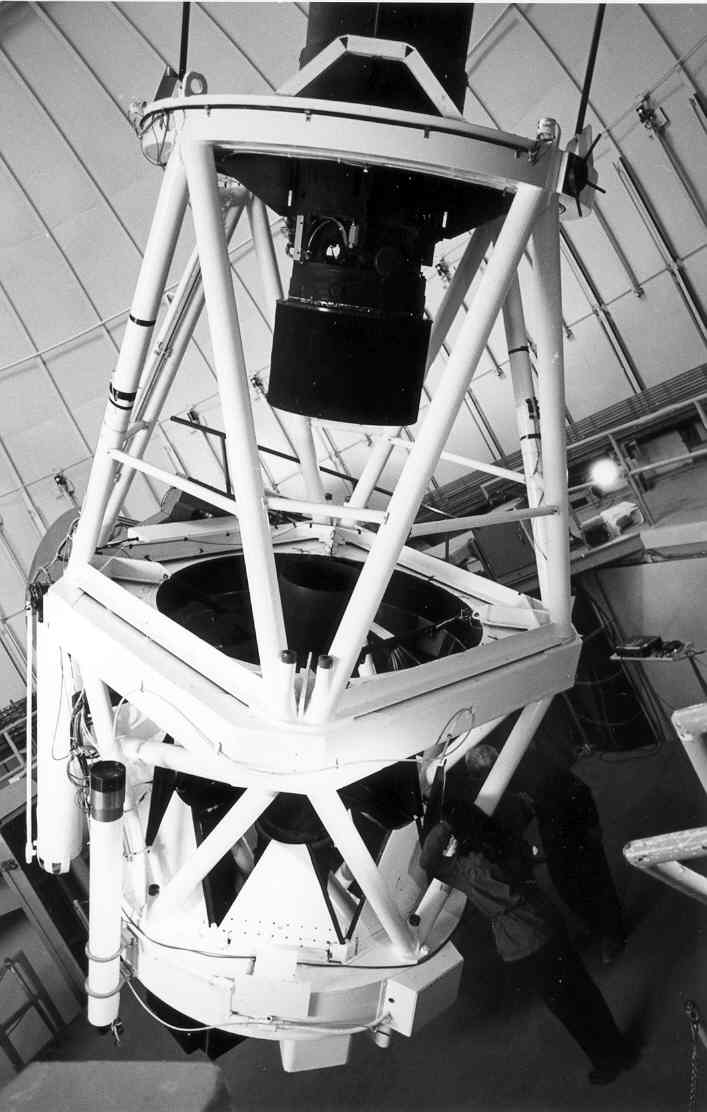 |
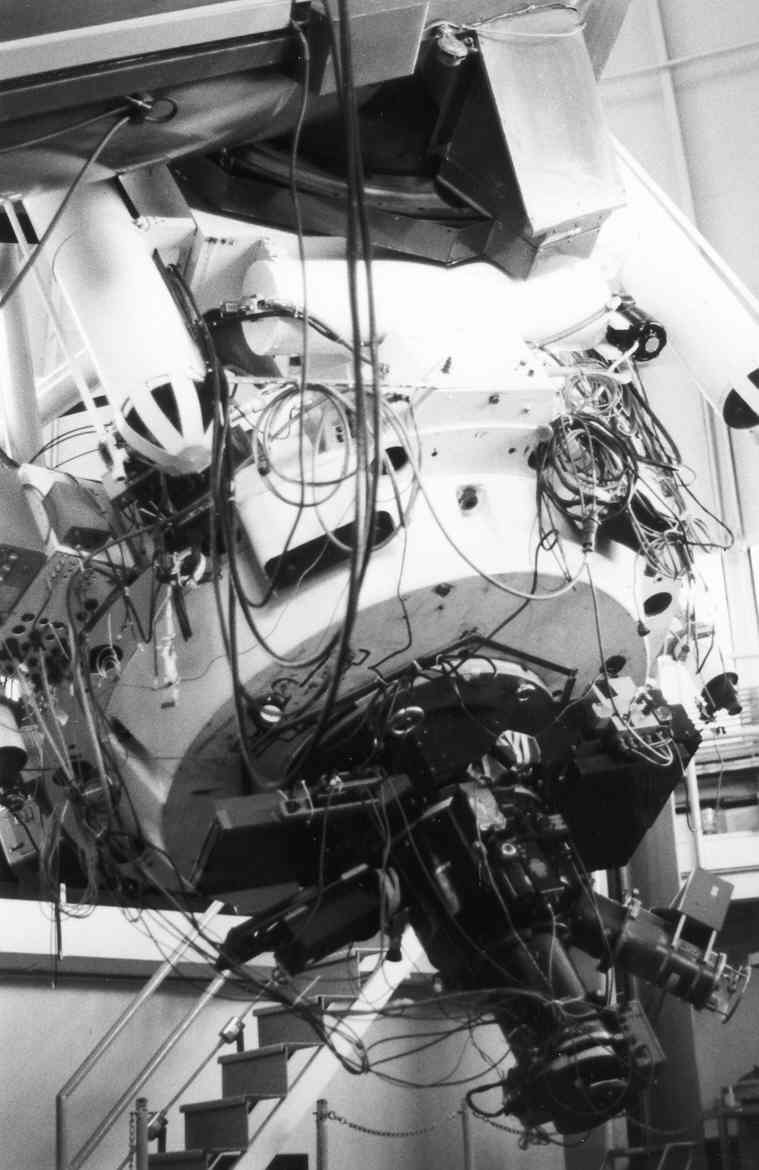 |
|
|
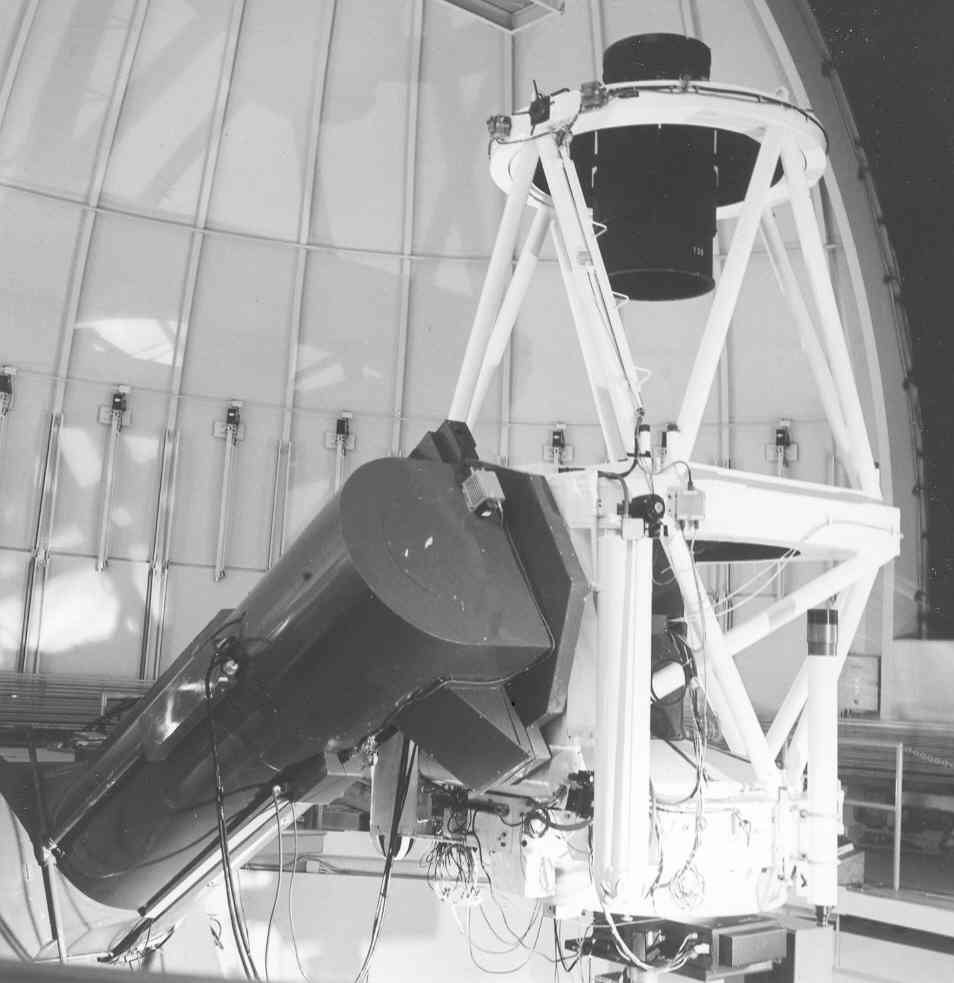
|
| The 1.3m, formerly the southern-hemisphere 2MASS survey telescope, is a much more modern design, using a split-ring equatorial mount and an optical design optimized for work in the infrared. It fits rather more neatly into its dome. Here it is shown without (top two pictures) and with (bottom two) the ANDICAM. | |
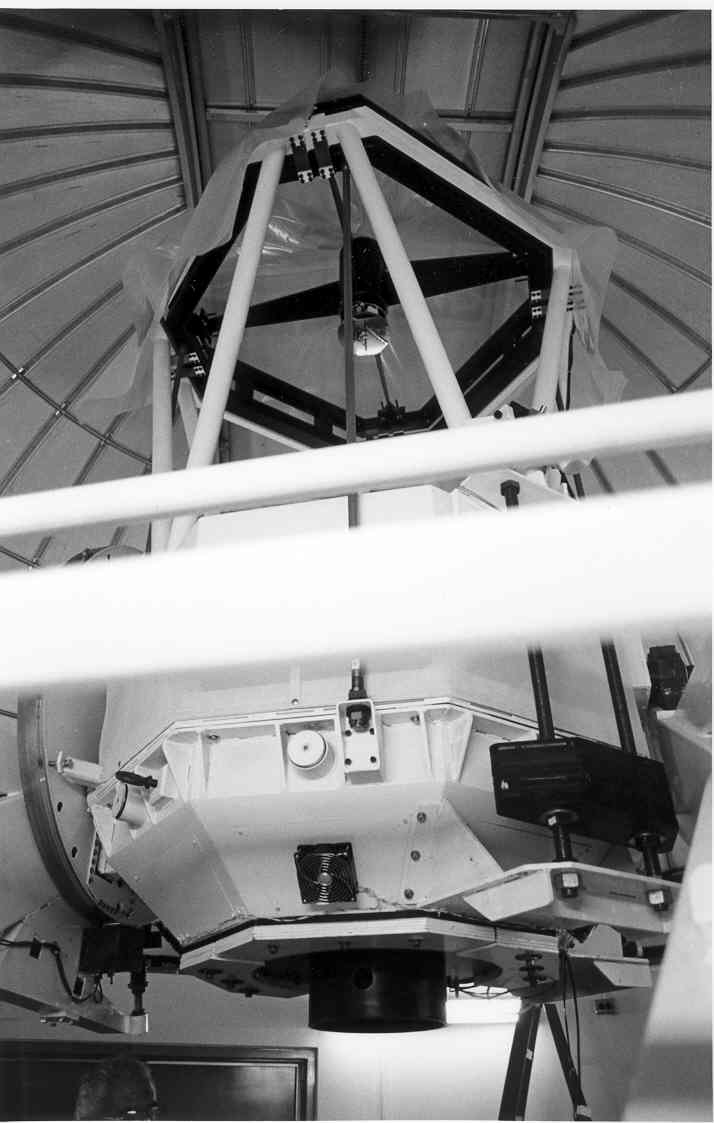 |
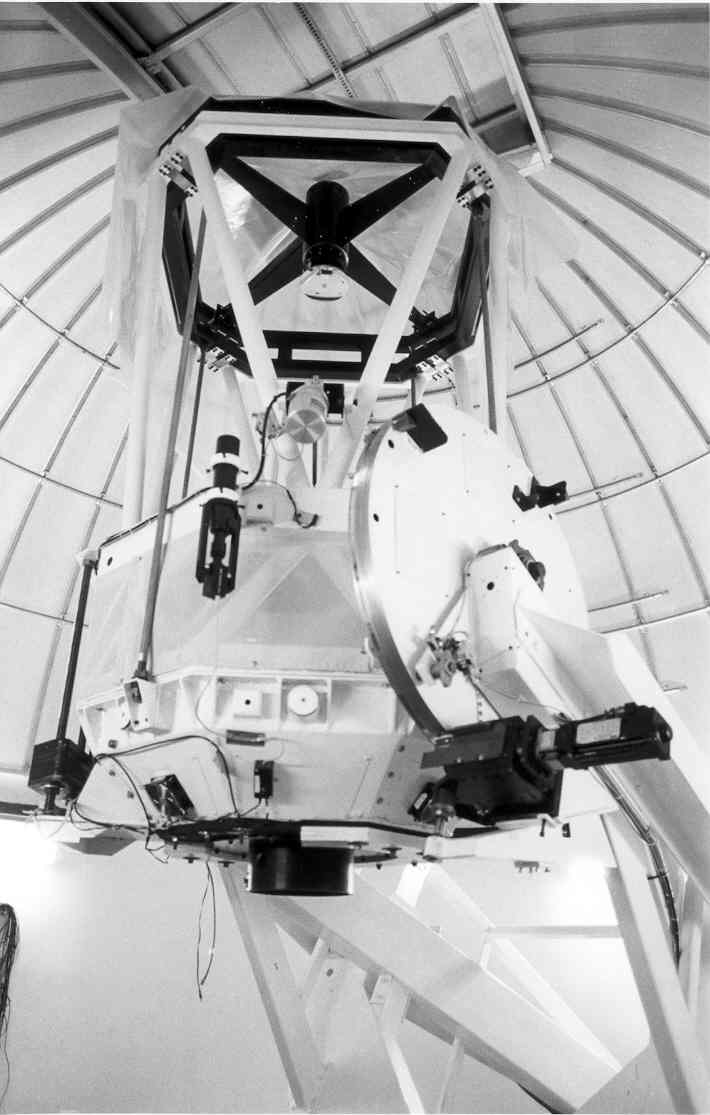
|
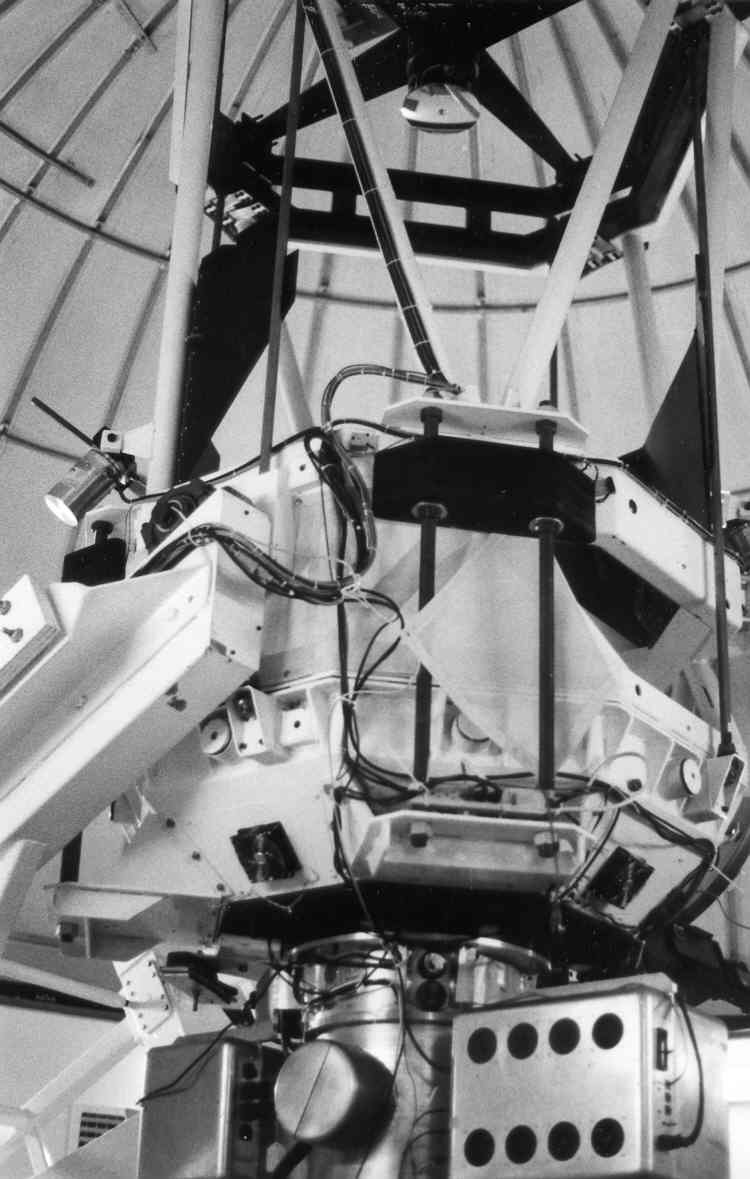 |
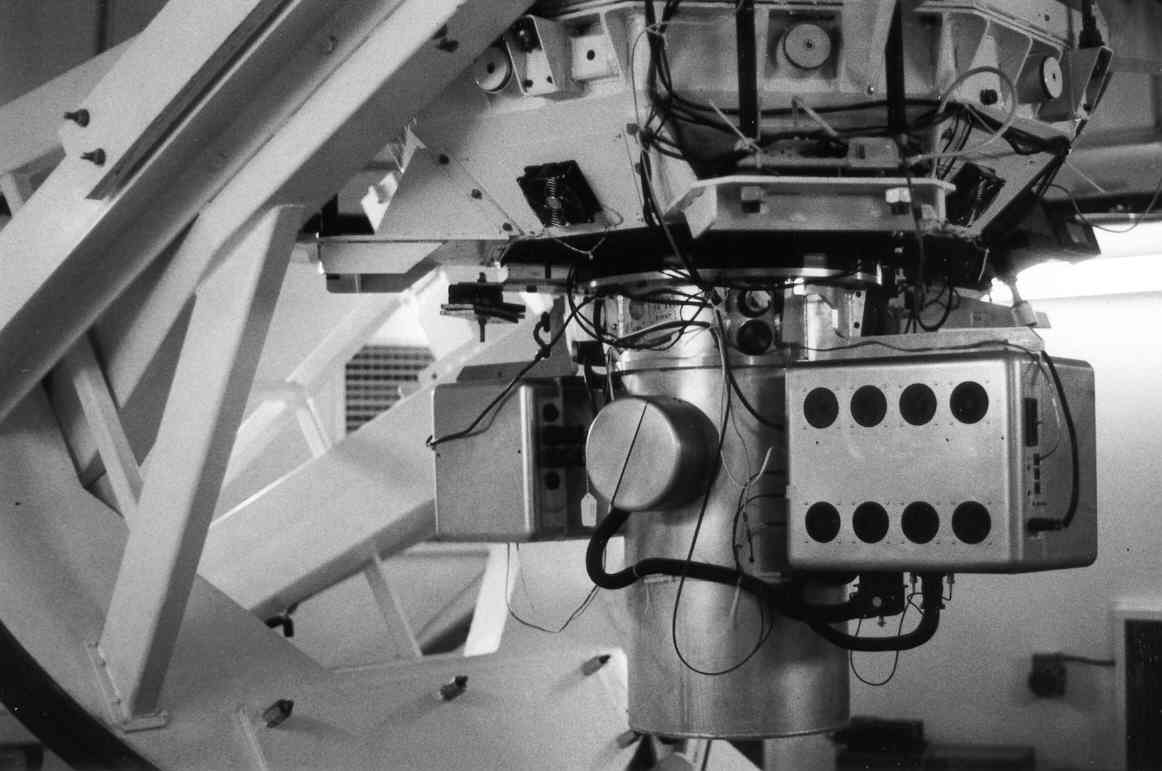 |
| The Lowell 24-inch is not part of the SMARTS consortium and is not in regular operation. | |
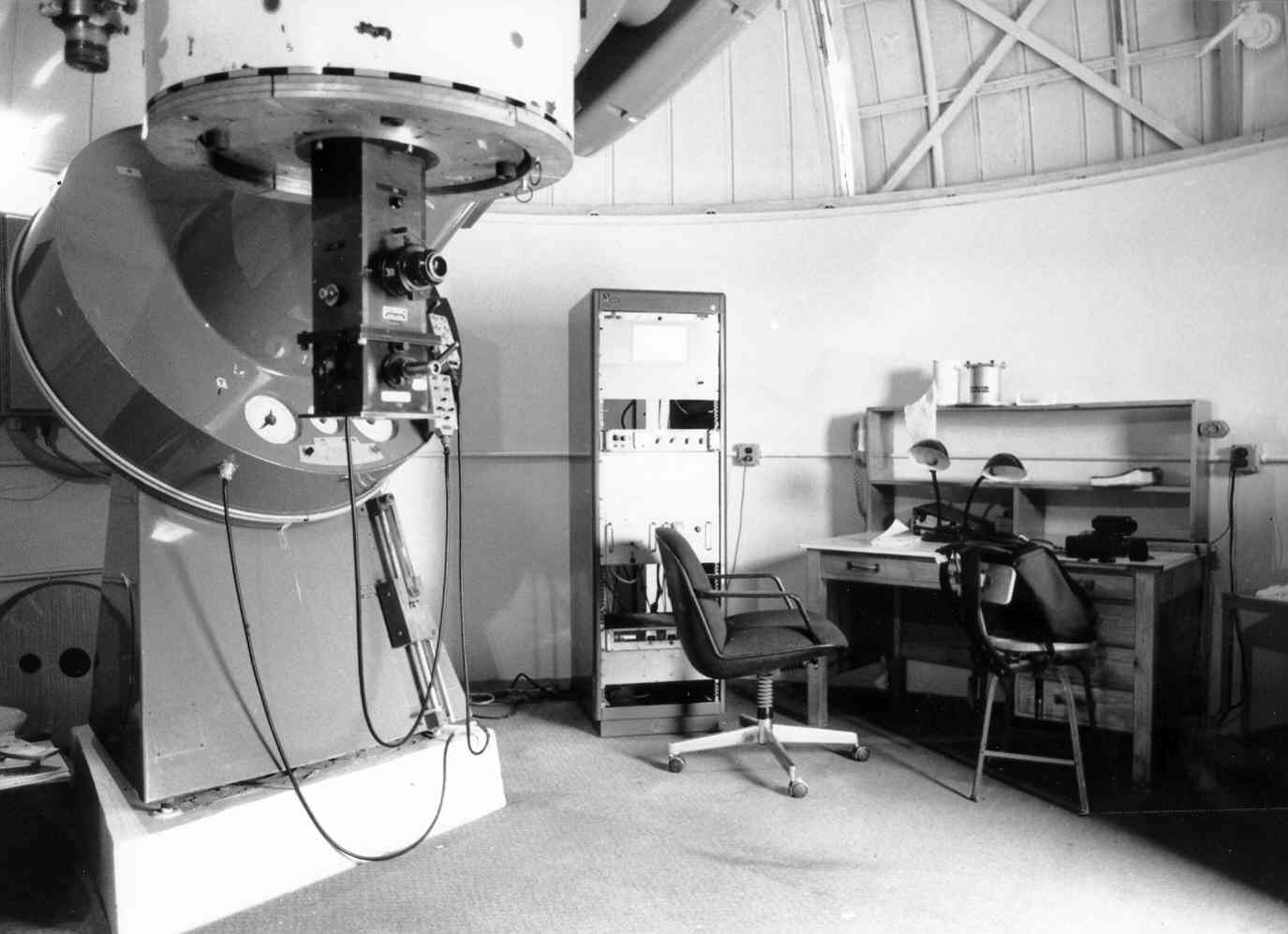 |
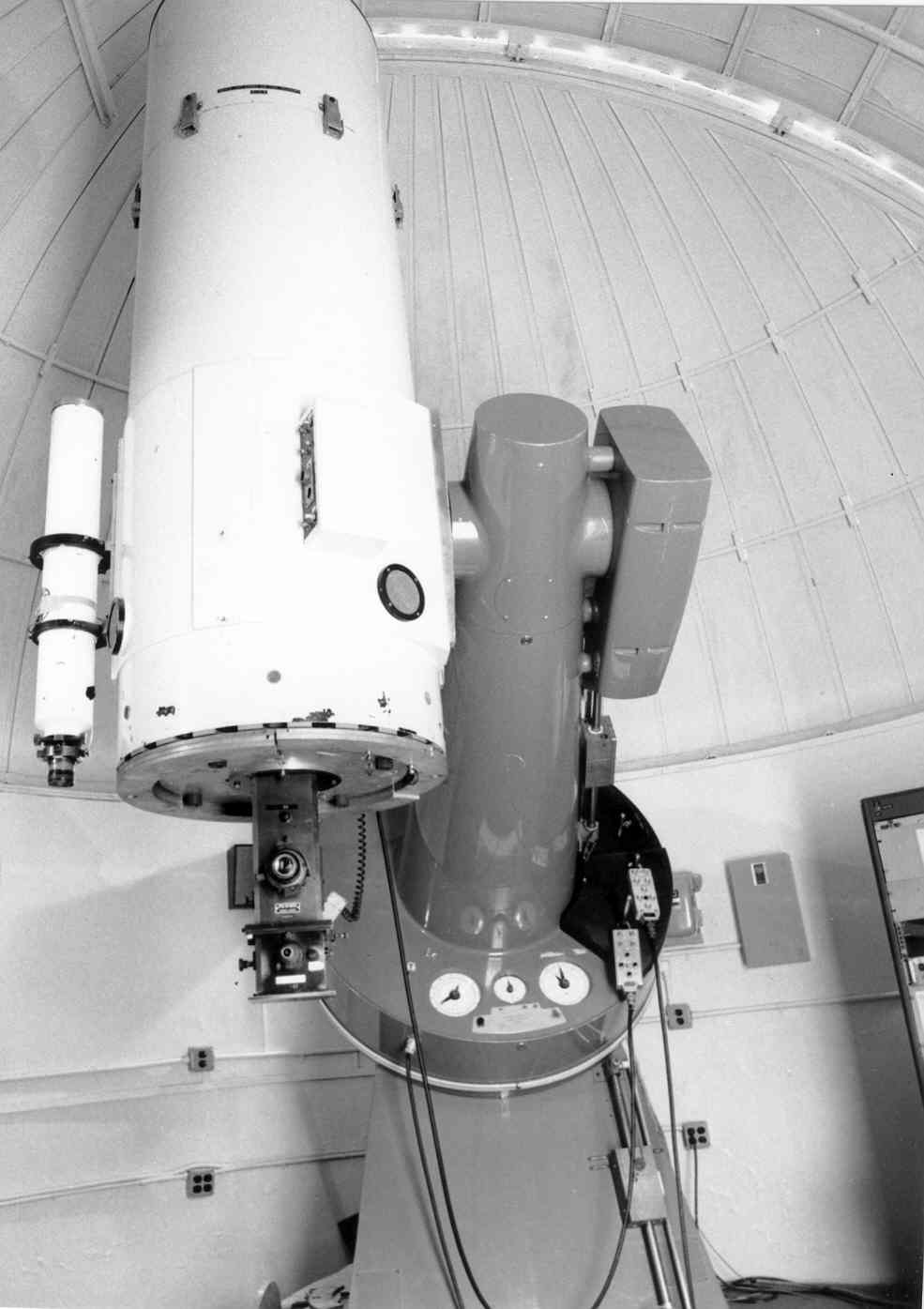 |
| The Curtis Schmidt (0.9m corrector diameter, 0.6m mirror) is also not part of the SMARTS consortium. It is operated intermittantly by the University of Michigan. | 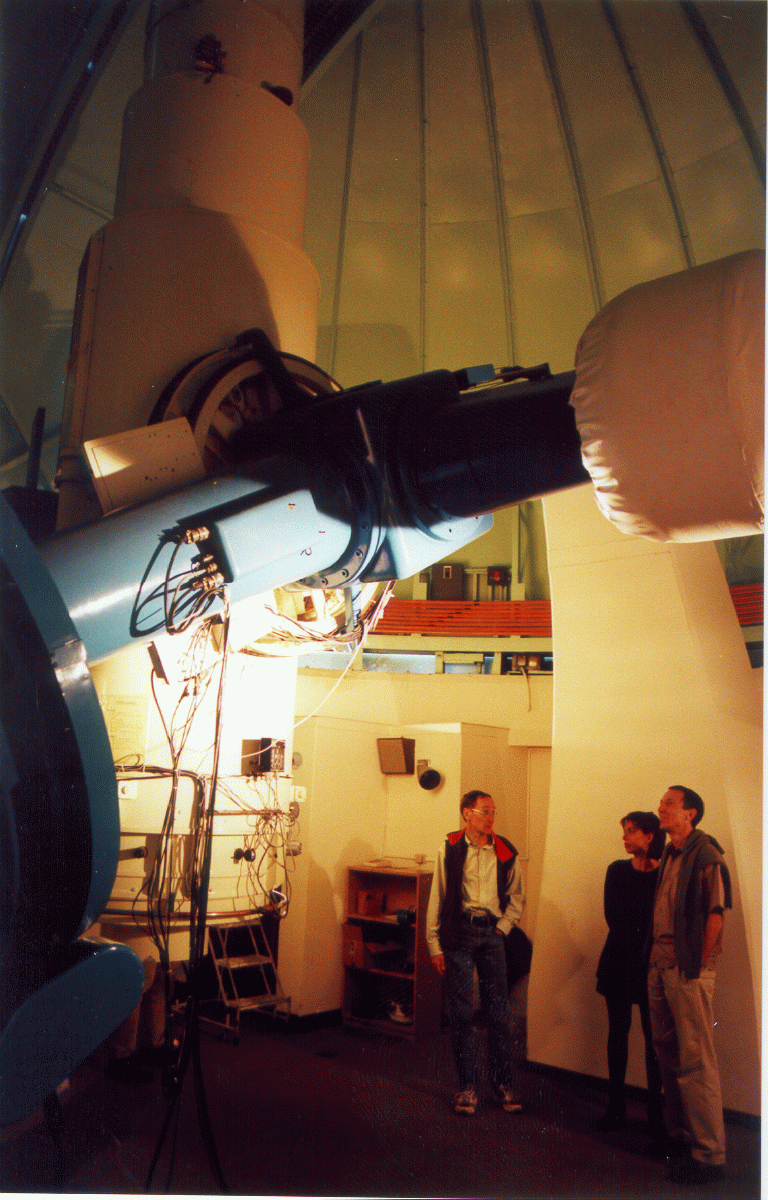 |